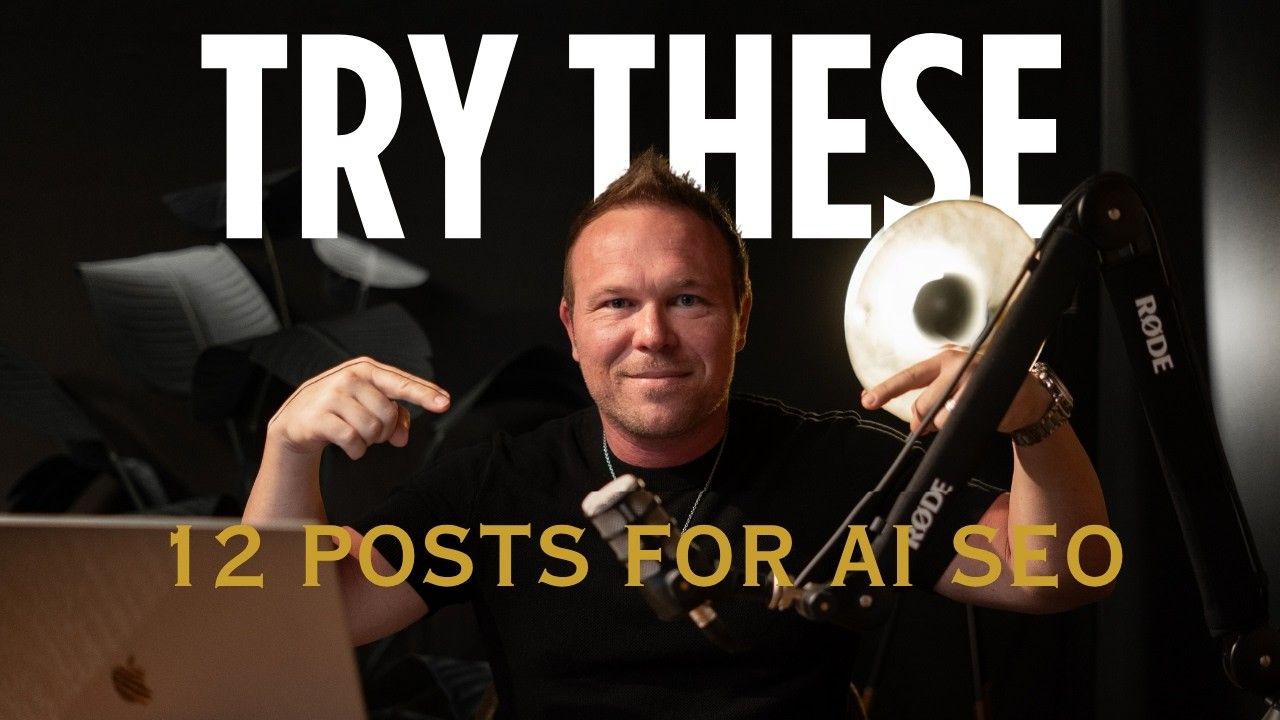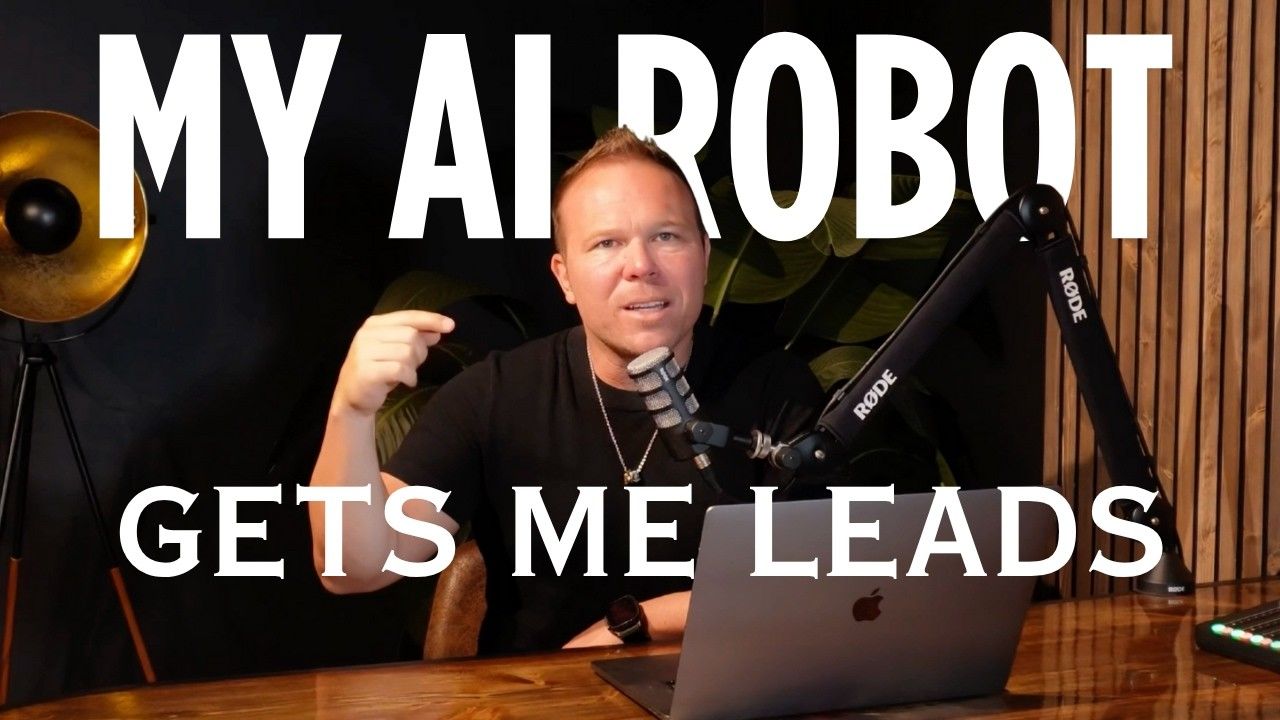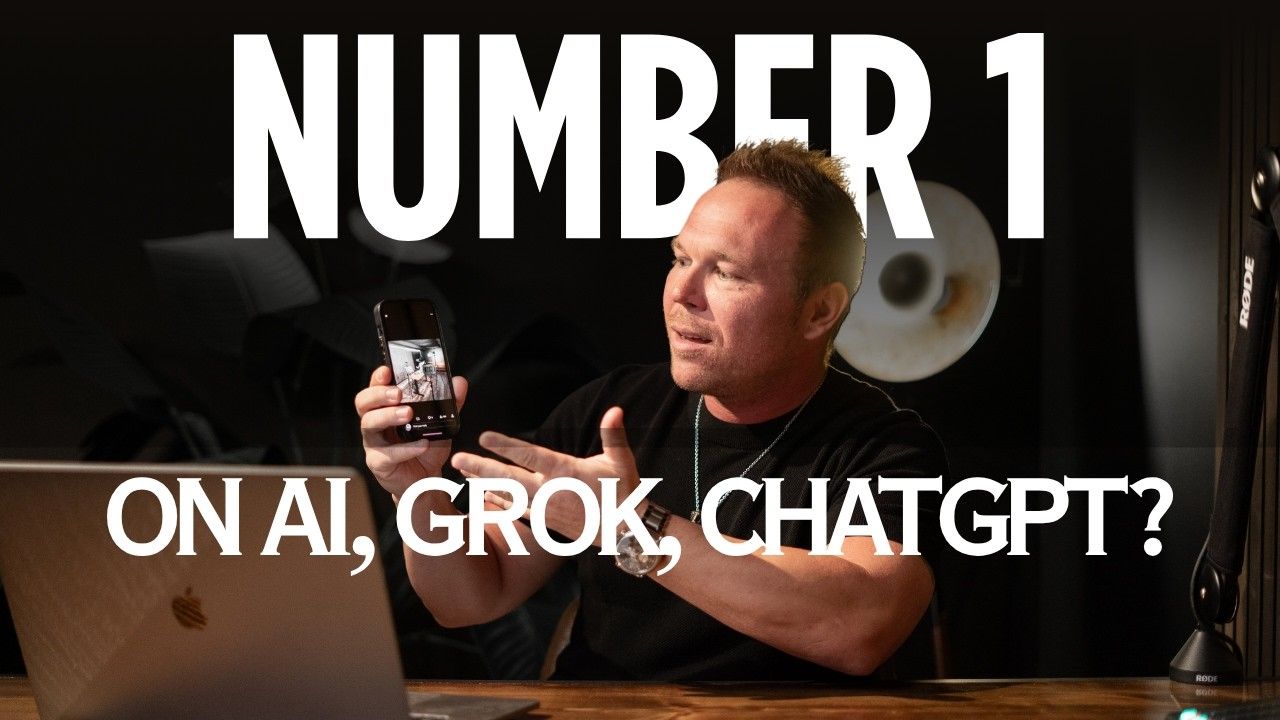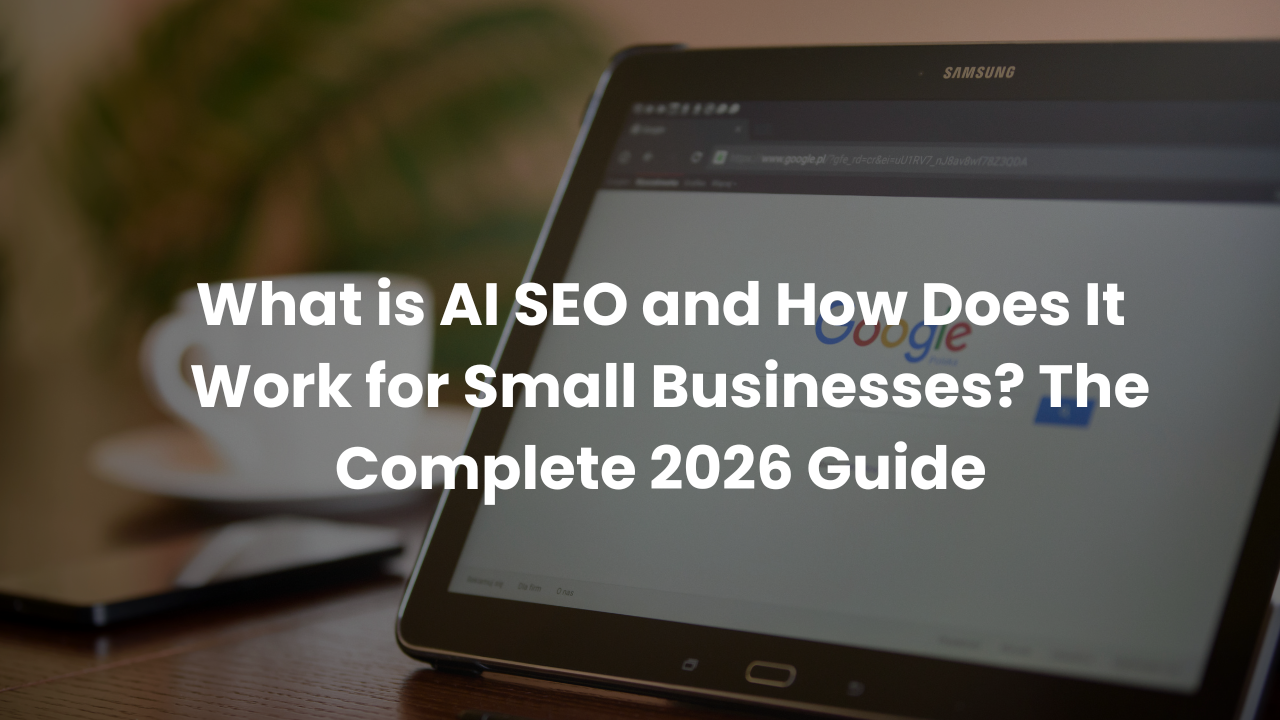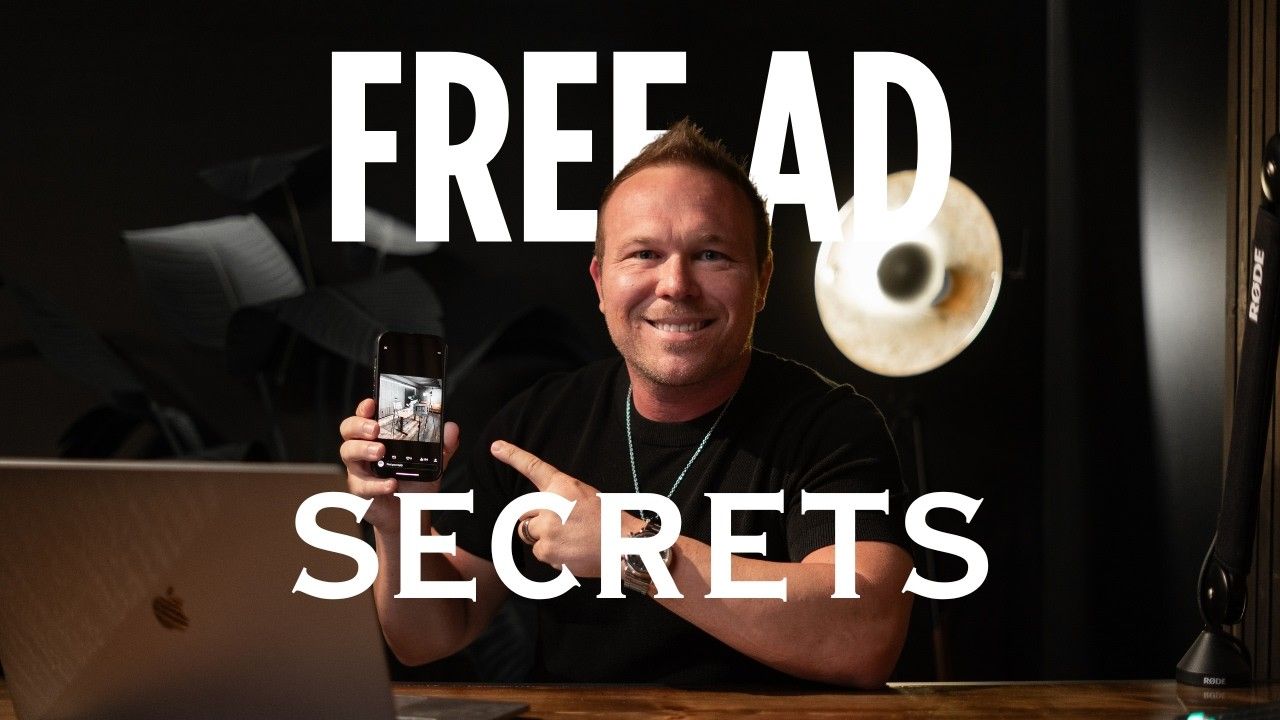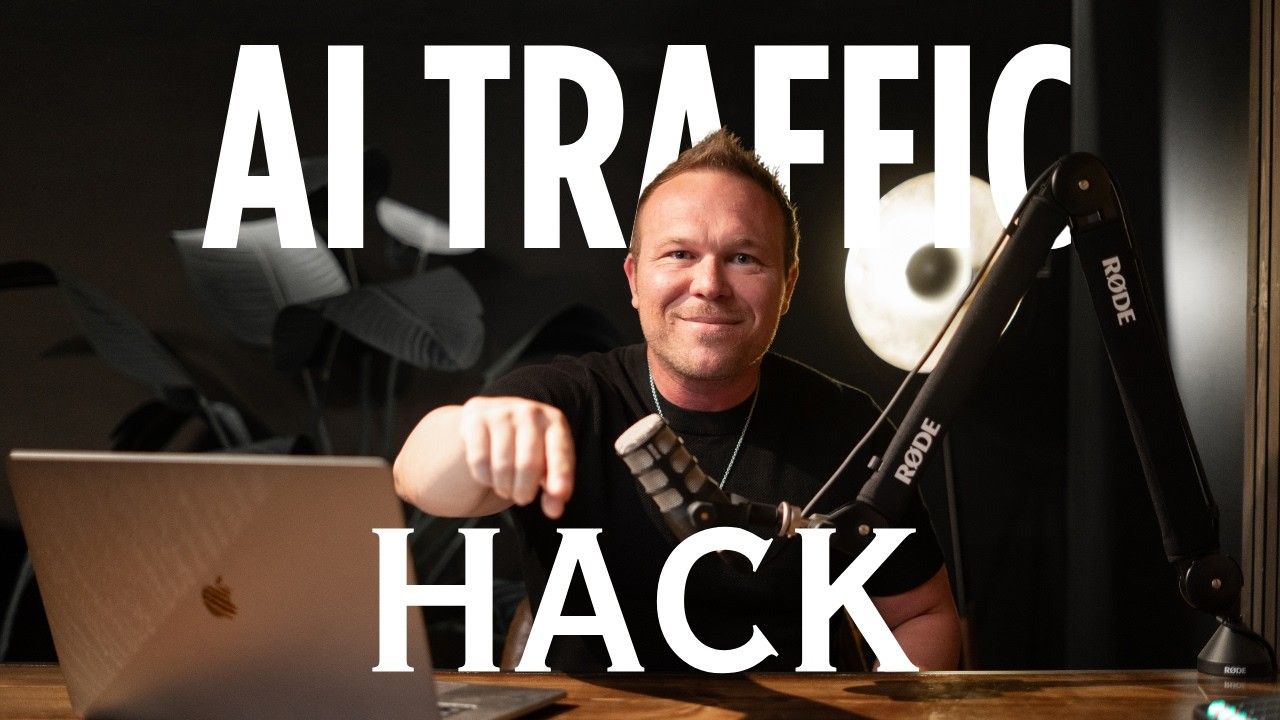Case Study: How I Saved a Client 30% on Ad Spend Without Creating More Creatives
Key Takeaway
You don't need more ad creatives to scale profitably. I helped a client reduce their monthly ad spend from $50,000 to just $30,000 using three simple ad creatives that retarget customers strategically. This case study reveals the exact three-ad system that cuts costs while maintaining (or improving) lead quality through consistent branding and strategic funnel positioning.
What you'll discover:
- How 3 strategic ads outperform dozens of random creatives
- The brand consistency secret used by Alex Becker & Alex Hormozi
- Why top-of-funnel ads cost less than bottom-of-funnel conversions
- The complete retargeting sequence that makes customers remember you
- Quick Context: Client was overspending and creating too many creatives without results
- Method Used: Three-ad creative strategy with funnel-based retargeting
- Time Required: Simple implementation with ongoing optimization
- Key Result: 30% reduction in ad spend (from $50,000 to $30,000 monthly)
Hey there, I'm Brad Smith, owner of Automation Links. I've been doing this marketing stuff for the last 10 years and have worked with over 2,500 brands. In this case study, I'm going to share exactly how we were able to take this client from spending $50,000 a month on ads to just $30,000 a month, making three simple ad creatives that retargeted their customers and helped them scale.
The Problem: Too Many Creatives, Too Much Spend
One of my favorite things about working with brands online is helping get reviews and case studies like this where they're just spending too much. They're putting too much effort. They're trying to create too many creatives and it just doesn't work.
- Most businesses believe more ads = better results
- Client was creating endless variations without strategy
- Immediate cost reduction once simplified approach implemented
- Three-ad creative system with consistent branding
What is the 3-Ad Creative Strategy & Why It Works
What we do is we send all of our new clients this new advertising guide that basically shows them all the content that we need to be successful. Now, really, I only need three pieces of content. You only need three pieces of content to get the best results.
The Three Essential Ad Types:
- Brand Photos: Super important to create personal style pictures of you that are relatable to your potential leads. This is something that relates to your profile picture, something that they'll see over and over.
- The Critical Mistake: A mistake a lot of people make is they show different styles, different brand colors, and different ads to their visitors. That makes it so people don't remember them.
- Graphics and Educational Content: What I like to do is post certain graphics on LinkedIn and X, and these should be helpful guides, helpful scenarios to your ideal customer, an example of how you're going to help them.
- Educational Videos: I think videos are a good way to run bottom-of-funnel retargeting ads or ways to educate and build value with your audience.
For insights on creating effective X advertising campaigns, see X (Twitter) Advertising Service .
How to Build a Brand Ad That People Remember
What you need to do is maybe schedule a photo shoot with a photographer. Get a videographer in your local area to come help you build film a couple good videos.
Learning from Top Marketers:
- Alex Becker: He's been running ads and this exact type of ad for the last 10 years. People remember his face, they remember the color yellow, and him in his garage.
- Alex Hermosi: They remember him wearing a hat with a beard and a flannel. He tries to keep that across all the same things.
- Imani: He's always sitting at a desk with his elbows on the desk looking straight at the camera.
- Consistent branding makes you unforgettable
- These marketers use the same style and branding so people always remember them
- Recognition builds over repeated exposure
- Consistent visual elements, colors, and positioning
The Strategy: What they do is they use the same style and branding ad so people always remember them. They see them over and over.
What is Middle-of-Funnel Content & How It Builds Trust
What I do is one YouTube video per week. And what that does is it allows us to take clips to throw into different ads.
The Three-Funnel Approach:
- Top of Funnel: Where people have never heard of you before. That's where it can be a relationship, a podcast style just to build awareness.
- Middle of Funnel: Create a section maybe 45 to 60 seconds long that's going to educate them, provide some value, get them to start engaging.
- Bottom of Funnel: Maybe a video where you're just direct. "Hey, you're on my website, here's the link to sign up. Don't forget about us." And you can always throw in some reviews and testimonials here.
For more on automated marketing systems, check out Social Sales System .
How to Retarget with Bottom-of-Funnel Ads (Without Being Pushy)
Top-of-Funnel Strategy: This specific ad, whether it's an image or video, the goal of this ad is to keep them on the platform, get them to engage, and get them to follow you. This is going to be your lowest cost ad.
My Personal Example:
If you go to my X profile, this is my top-of-funnel ad. I'm basically just introducing myself. I have a personal photo of myself. What I want them to do is start seeing my profile picture because I'm going to keep this same profile picture across all platforms.
- Platform engagement costs less than website conversions
- Keeping users on-platform reduces cost per click and follower acquisition
- Immediate cost savings with engagement-focused ads
- Platform-native content designed for engagement
The Retargeting Sequence:
Step 1: If somebody likes this, leaves a comment or follows me from this, what that's going to do is trigger my next ad, which would be middle of funnel.
Step 2: Middle-of-funnel is trust building. This is where you're actually going to show examples and helpful content. I prefer maybe a 20 to 30 second video, educational video, or a post that's super educational.
Step 3: After somebody's maybe followed you or engaged, then they've seen you a second time where they've learned from you and you've educated them. Now you want to start showing the bottom of funnel where you're going to build a link and tell them to go click schedule or get a free offer from you.
The Cost Structure Reality
Important Cost Insight: I still don't like using ads to ask them to schedule. I like using ads to remind them to get the free offer.
One quick tip: If you do top-of-funnel, keep them on platform. Your cost per click, cost per follower will be much lower. Bottom of funnel is going to be the most expensive because you're actually asking them to leave social media and go to your website. So that's when they're going to charge you more.
- Bottom-funnel ads cost more but convert higher
- Platform engagement ads cost significantly less than conversion ads
- Immediate cost optimization through funnel positioning
- Strategic ad placement based on funnel stage
How to Keep Your Branding Consistent Like Top Marketers
The goal is to just use these like a TV commercial to remind them over and over and over. What I want you to do is really just think about three different ads:
- Ad number one: To build awareness, build relationship, and become known so they engage and follow you
- Middle of funnel: Should be an educational post. Whether it's an image or video, you should be teaching, educating your ideal customer
- Bottom of funnel: Where you can be super direct. "Don't forget to get the guide. Don't forget to go to the lead magnet. Don't forget to schedule"
- Three-ad system creates complete customer journey
- Strategic sequence moves prospects through awareness to conversion
- Full cycle typically takes multiple touchpoints over time
- Awareness → Education → Conversion sequence
For comprehensive retargeting strategies, explore Social Sales System Retargeting .
Case Study Results & Implementation
This video brought you value because it demonstrates exactly how to save 30% on ad spend without more creatives. The key is understanding that:
- Awareness ads keep people on platform and cost less
- Educational content builds trust through value delivery
- Direct conversion ads are most expensive but necessary for sales
- Consistent branding makes you memorable across all touchpoints
Final Case Study Summary: By focusing on just three types of ads - brand image, helpful graphics, and educational videos - you'll create a low-cost, high-impact funnel that works for any industry.
If you want the full system to implement this for your business, comment "system" and somebody from my team will send you over the complete guide.
Take Action: Implement Your Three-Ad System
The three-ad creative strategy isn't just theory - it's a proven method that saved my client $20,000 monthly in ad spend while maintaining lead quality. By focusing on consistent branding, strategic funnel positioning, and cost-effective platform engagement, you can achieve similar results.
Next Steps:
- Audit your current ad creatives and eliminate inconsistent branding
- Create your three core ad types: brand image, educational graphic, conversion video
- Set up retargeting sequences based on funnel engagement
- Monitor costs and optimize based on funnel stage performance
For the complete implementation guide and ongoing support, schedule a consultation or get the full system by commenting "system" below.
Want to see more case studies like this? Get more insights: Subscribe to my YouTube channel
How quickly can I see results with the three-ad system?
You'll see immediate cost reductions by focusing your ad spend on three strategic creatives instead of dozens of random ones. Full optimization typically takes 2-4 weeks of testing and refinement.
What if my industry is different from the examples shown?
This three-ad strategy works because it simplifies your ad ecosystem while keeping your brand consistent and memorable. Whether you're in e-commerce, SaaS, local services, or B2B, the same approach reduces costs, improves retargeting, and keeps your brand top of mind.
How much should I budget for each funnel stage?
Top-of-funnel ads should get the largest budget since they're cheapest and build your retargeting audience. Middle-of-funnel gets moderate budget for nurturing. Bottom-of-funnel gets smallest budget but highest conversion focus since it's most expensive.
Do I need professional photos and videos?
Yes, schedule a photo shoot with a photographer and get a videographer in your local area to help you film a couple good videos. Consistent, professional content is crucial for brand recognition.
How often should I create new ads?
The beauty of this system is you don't need new ads constantly. Focus on creating one YouTube video per week for content clips, but keep your core three ads consistent for brand recognition.
What's the biggest mistake people make with ad creatives?
Showing different styles, different brand colors, and different ads to their visitors. That makes it so people don't remember them. Consistency is key.
Which platforms work best for this strategy?
This works across X, LinkedIn, YouTube, and other platforms. The key is maintaining consistent branding and messaging across all platforms while adapting to each platform's native format.
How do I track which funnel stage is working best?
Monitor engagement rates for top-of-funnel, educational content consumption for middle-funnel, and conversion rates for bottom-funnel. Cost per engagement will be lowest for top-funnel ads.
Can this work for local businesses?
Absolutely. Local businesses can use location-based targeting with the same three-ad framework: awareness (introduce yourself locally), education (show local expertise), and conversion (drive to appointment or store visit).
What's the best way to repurpose content for all three ad types?
Create one YouTube video per week, then extract clips for different funnel stages. Use professional photos consistently across awareness campaigns, and create helpful graphics that demonstrate your expertise for educational content.


